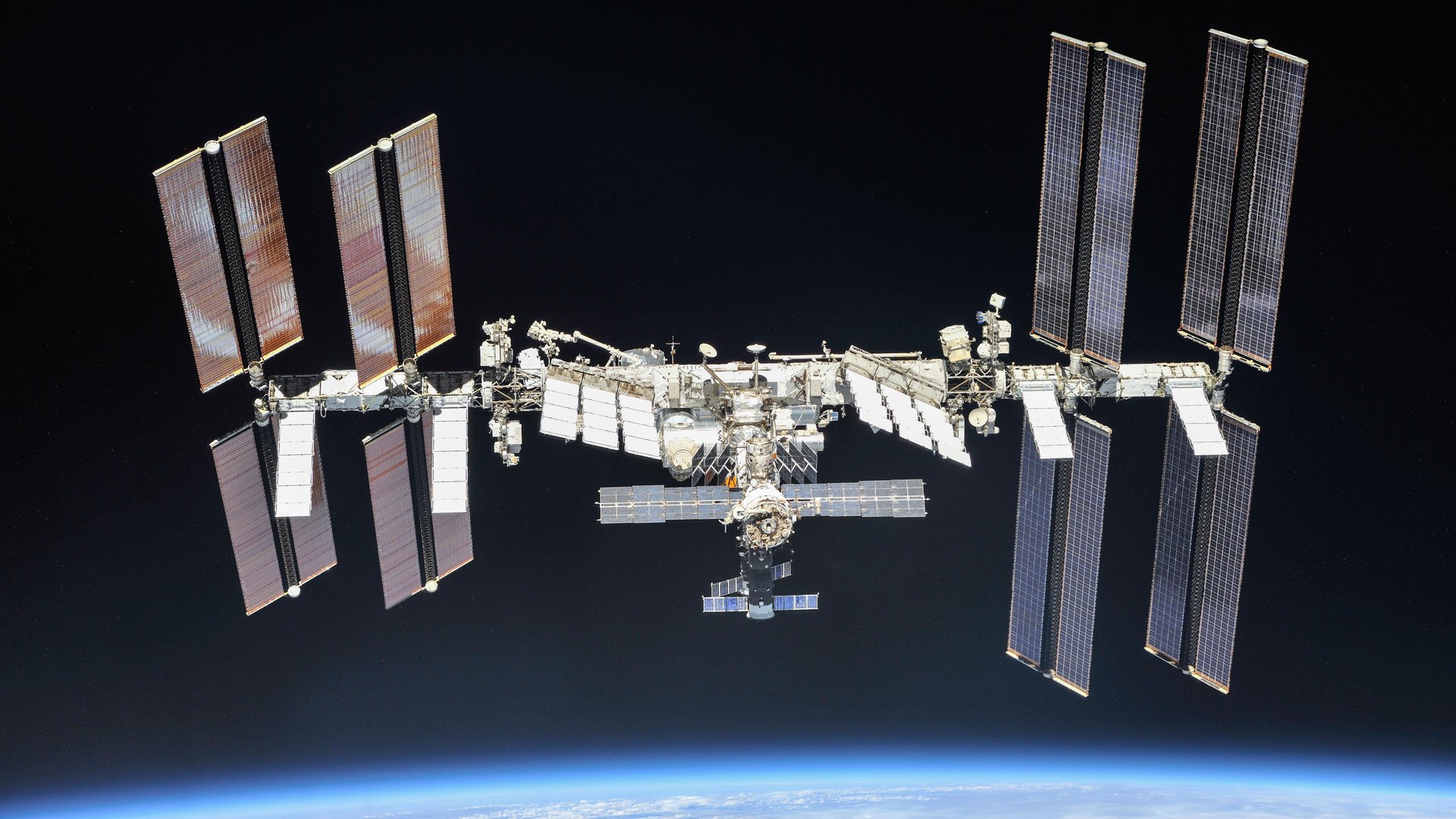How the International Space Station will die
The ISS will separate from its privately owned modules before getting pushed into the atmosphere

Enjoy the social media posts from astronauts while you can. NASA announced earlier this week the details of how the International Space Station will die. The space agency stated that astronauts will remain onboard as long as possible while the station’s orbit decays. When the crew finally departs, SpaceX will deliver the coup de grace with its U.S. Deorbit Vehicle in 2030.
Suggested Reading
Over its final 12 to 18 months, the ISS will drift out of its normal orbit. The station will descend from 250 miles above the Earth’s surface to 136 miles, according to Space.com. NASA’s ISS program manager Dana Weigel said, “We’ll leave the crew on board as long as possible, so they’re available to help maintain station and keep it healthy,” The astronauts will leave the ISS with six months left to live.
Related Content
The SpaceX vehicle will effectively act as a tugboat in space to push the ISS into a controlled descent so the station’s debris will hopefully splash down into the ocean and not into someone’s home or any other populated area. The deorbit vehicle will be based on SpaceX’s Dragon spacecraft with a modified truck section for the mission. The truck will sport all the tools needed to guide the station into the atmosphere, including additional engines, propellant, avionics and power generation. NASA awarded the Elon Musk-led company $843 million to put the ISS to pasture.
The ISS’s ultimate date with death has yet to be decided. NASA plans on the deorbit happening sometime in 2030, but Axiom Space will have to remove its segment from the ISS first. The private space contractor plans on launching four modules to the ISS, starting in 2026. Before the deorbit, Axiom’s segment will be separated from the ISS to form the core of Axiom Station, a privately operated space station. In some ways, the ISS will live spiritually live on as a commercial enterprise.
